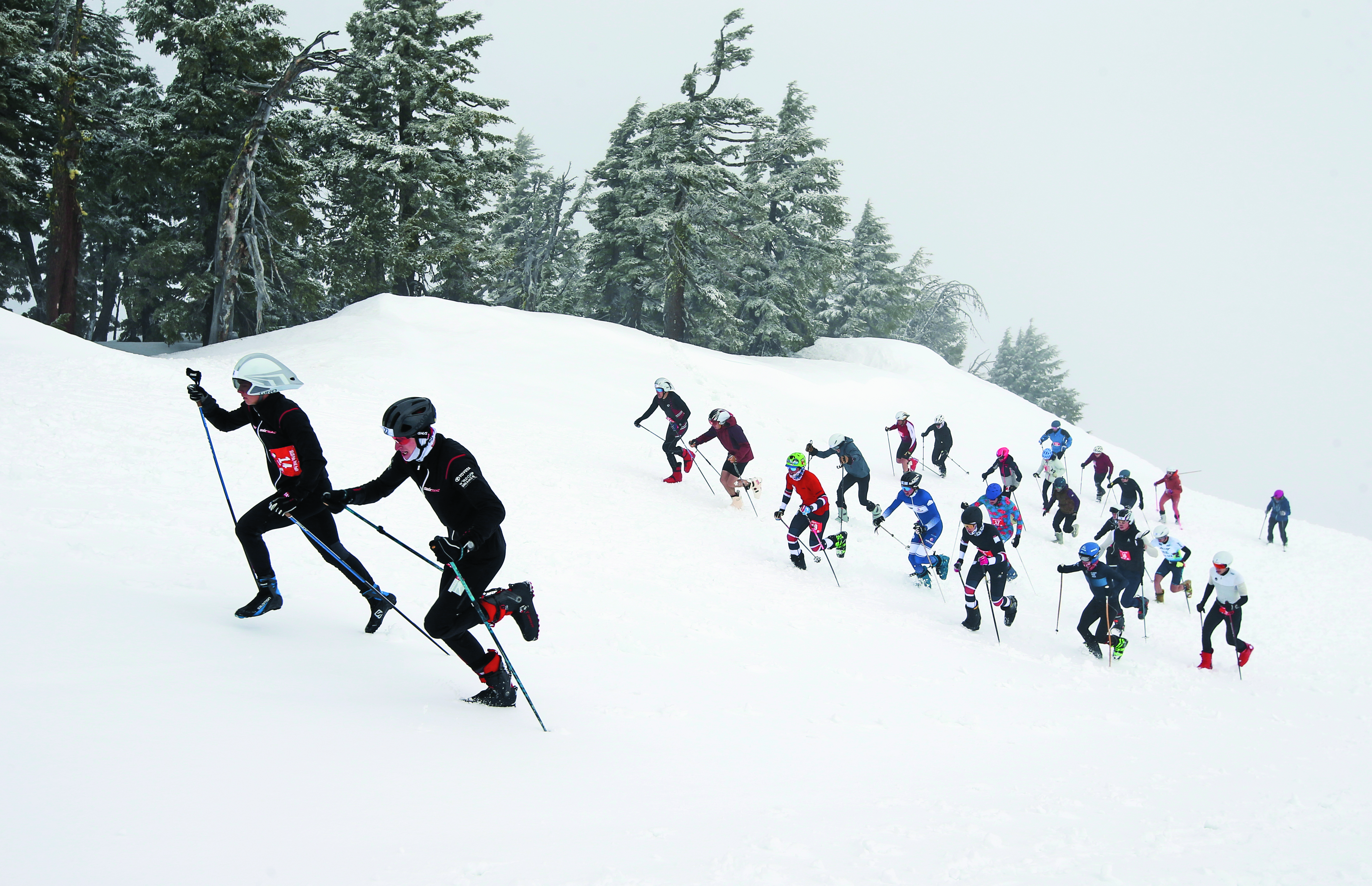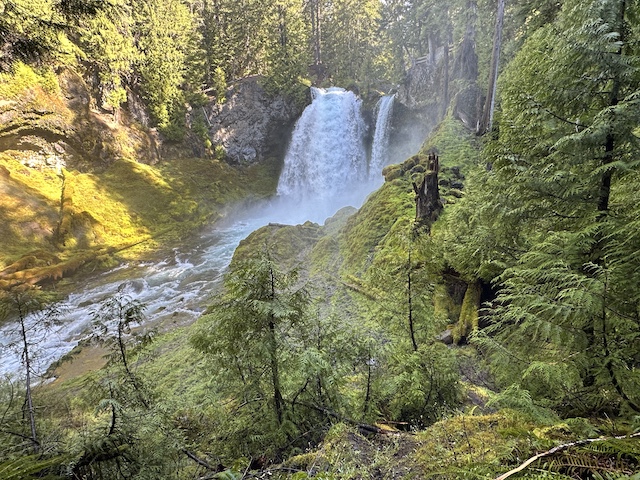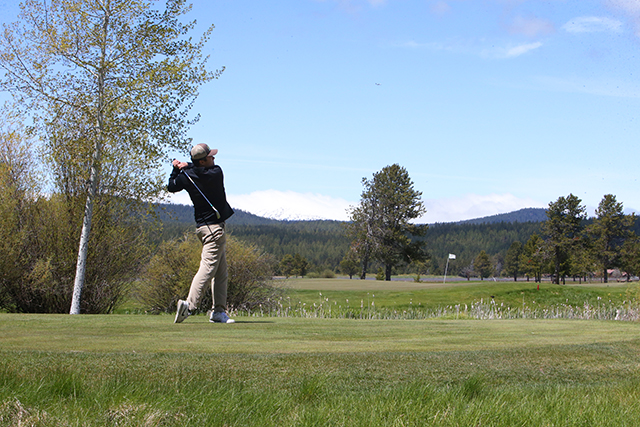Gliders soar into another world
Published 5:00 am Thursday, August 1, 2002
A hot desert wind whipped into the faces of the men who looked through squinting eyes across the plain at wildly twisting dust devils shooting debris a thousand feet upward.
”It’s very active right now,” said Robin Ritter of Bend, scanning the sky. ”Unstable. Very unstable. We’ve got dust devils all around us. That’s good.”
Each of the men wore barely contained smiles. After weeks of being grounded due to smoke from forest fires, the Oregon Desert Flyers were about to take flight.
The Bend-based hang gliding club is a chapter of the United States Hang Gliding Association. It has 12 members, all Central Oregonians who are mostly in their 40s and 50s, and a handful of pilots from other areas of the state who also fly with the group.
”It’s like three-dimensional skiing,” said Scott Michalek of Sisters. ”It’s just a great sport. There’s no better feeling.”
Among hang gliders, Bend has a national reputation because of Pine Mountain, the 6,349-foot launch site 30 miles southeast of town. To become airborne, a hang glider pilot needs a downward slope and a head wind. There are three launch sites at Pine Mountain, each sloping in a different direction.
That’s unique because in many hang gliding areas, if the wind isn’t from the right direction, there’s no flying that day. At Pine Mountain, hang gliders simply go to the launch site that’s facing into the wind.
The mountain is also reliably surrounded by good thermals – updrafts that keep a hang glider aloft. On some days pilots simply soar near the mountain for hours and land near Millican, a small town on Highway 20 several miles north of Pine Mountain.
Other days, long cross-country flights are made. The distance record from Pine Mountain is 164 miles.
”This looks like a good cross-country day,” said Ritter, estimating that the thermals above the many visible dust devils rose to at least 12,000 feet.
Hang gliding began in the 1970s, and a fair number of the Oregon Desert Flyers picked up the sport then, surviving the early years when the learning curve was fairly steep and fatalities and serious injuries not uncommon.
Now, new technology and additional knowledge have made hang gliding not only safer, but increased the fun factor.
”(Hang gliders) used to be a parachute with a frame, basically,” said Gary Kontich of Bend, who’s been flying hang gliders for 24 years. ”Now they’re much more aerodynamic.”
”Way safer,” said Rick Christen of Bend, who has been hang gliding since 1976. ”Like night and day.”
At the launch site the wind gusts increased to near 25 mph, making takeoff somewhat doubtful. But Ritter lined up for a flight. During a slight lull in the wind, he took three running strides and was aloft, eventually soaring to 10,100 feet, according to his instruments. Soon, four more hang gliders were in the air making graceful arcs around the mountain before flying out of sight.
Thousands of feet above Earth, pilots have to have confidence in their equipment, which is much easier these days than it was a few decades ago. Now, hang gliders are certified to meet certain structural requirements. They can withstand G-forces six times gravity. Pilots attempting severe aerial maneuvers have even blacked out while their hang gliders have remained intact.
Also, a parachute is now standard equipment. Most hang glider pilots have never had to deploy their parachute and never want to. But some pilots pushing the limits, usually in competition, sometimes use the parachute. Christen deployed his three weeks ago at Pine Mountain.
”At least with hang gliders you HAVE a parachute,” he said. ”I’ll leave it at that.”
Hang glider pilots fall mostly in two categories: competitive, and recreational.
In that way it’s similar to mountain biking, with some riders choosing to purchase high-end, expensive bikes for racing while others are content to pedal through the woods at a leisurely pace.
Hang gliders cost from $5,000 to $7,000 new. A high-tech, competitive glider can run more than $10,000. Used gliders are also available, starting at about $1,000. Most gliders have a useful life of about 10 years. Generally, improving technology makes a hang glider obsolete after about two or three years.
Hang gliders usually fly with a wind speed of 25 to 35 mph, though speeds twice that sometimes are attained. Speeds in relation to the ground can be greater, and Ritter has overtaken vehicles while flying east along Highway 20 toward Burns.
”I’ve passed traffic consistently,” he said.
There are many different configurations for a hang glider and pilot, which result in different flying characteristics. Wings are typically about 35 feet across, containing from 130 to more than 160 square feet of surface area. Combined with a pilot’s weight, a hang glider can be chosen that soars higher or cuts with speed into the wind better. Among the Oregon Desert Flyers, pilots weigh from 150 to more than 200 pounds.
Hang glider pilots do not need a pilot’s license, though their is much learning involved. Most can talk about and understand weather phenomena like a pro.
Also, the USHGA rates pilots in four categories from beginner, novice, intermediate and advanced, referred to as Hang 1 through Hang 4. Sites are also rated based on how difficult the conditions are for flying a hang glider. Pine Mountain is rated for Hang 3-4 pilots.
Many pilots equip their gliders with instruments, such as a Global Positioning System unit, a device called a variometer, and an air speed indicator. These instruments can be integrated to supply additional information like rate of ascent or descent and ground speed.
In the end, though, what draws most pilots to hang gliding isn’t the technology, but the chance to soar unaided by engines.
”Once you leave the ground, you’re in another world,” said Bill Wood of Sunriver. ”You’re just up there like a bird. It’s a release.”
Keith Ridler can be reached at kridler@bendbulletin.com or 383-0393.






